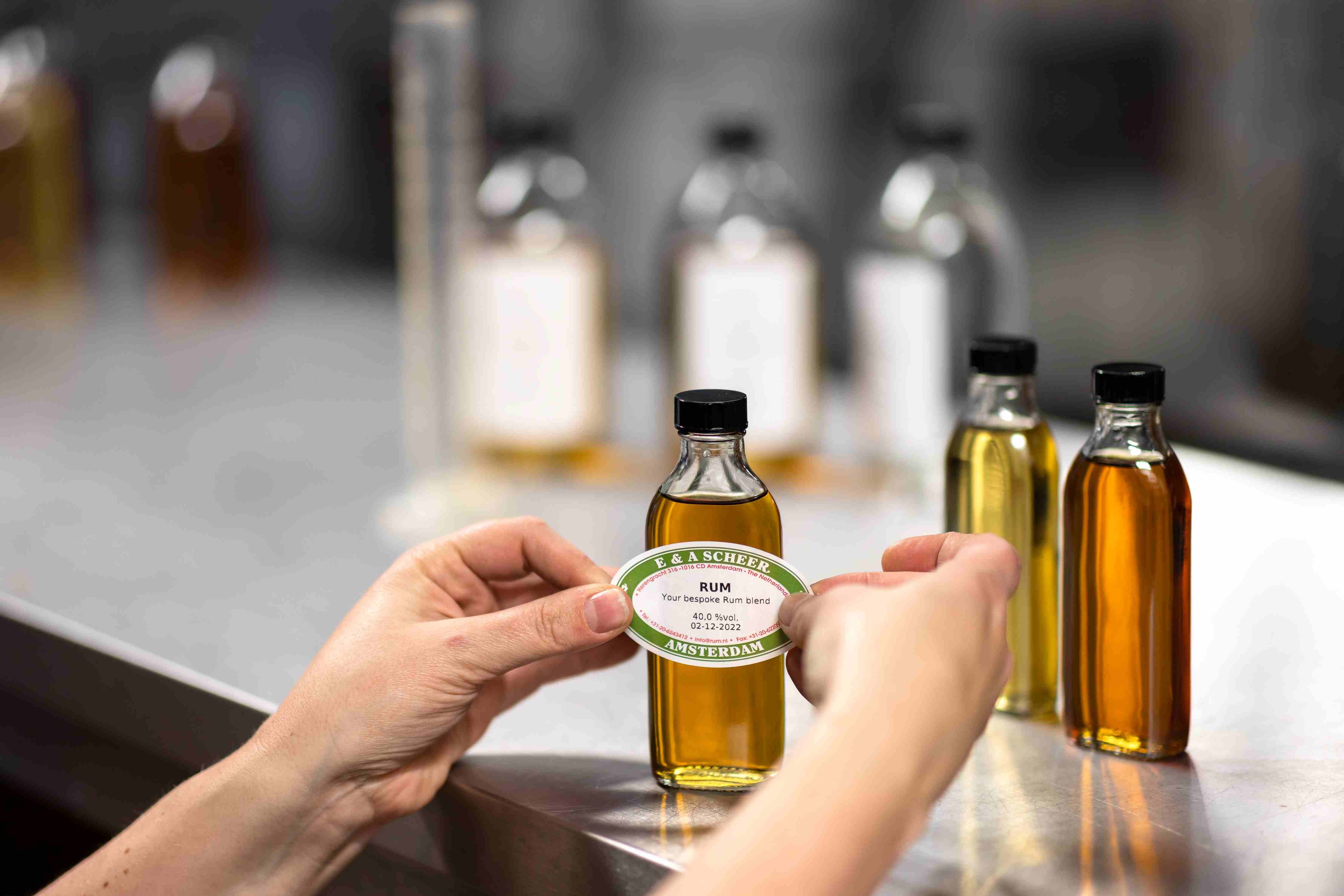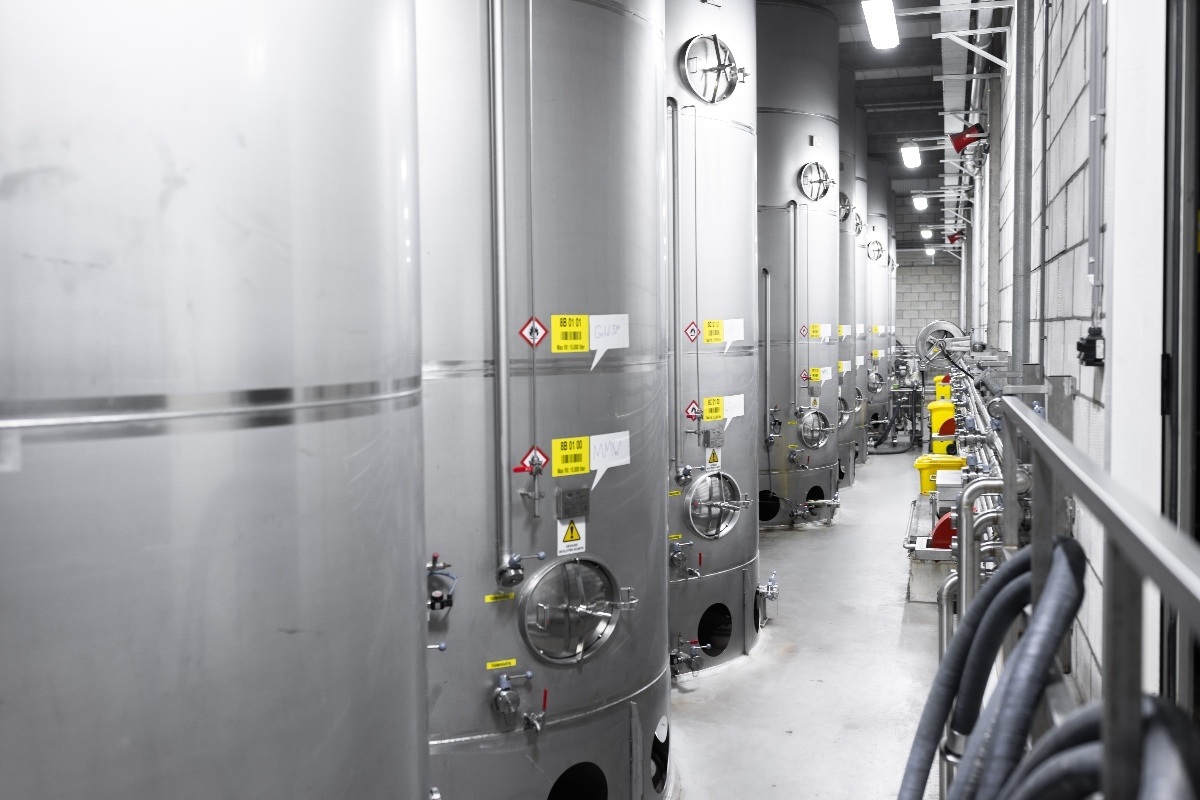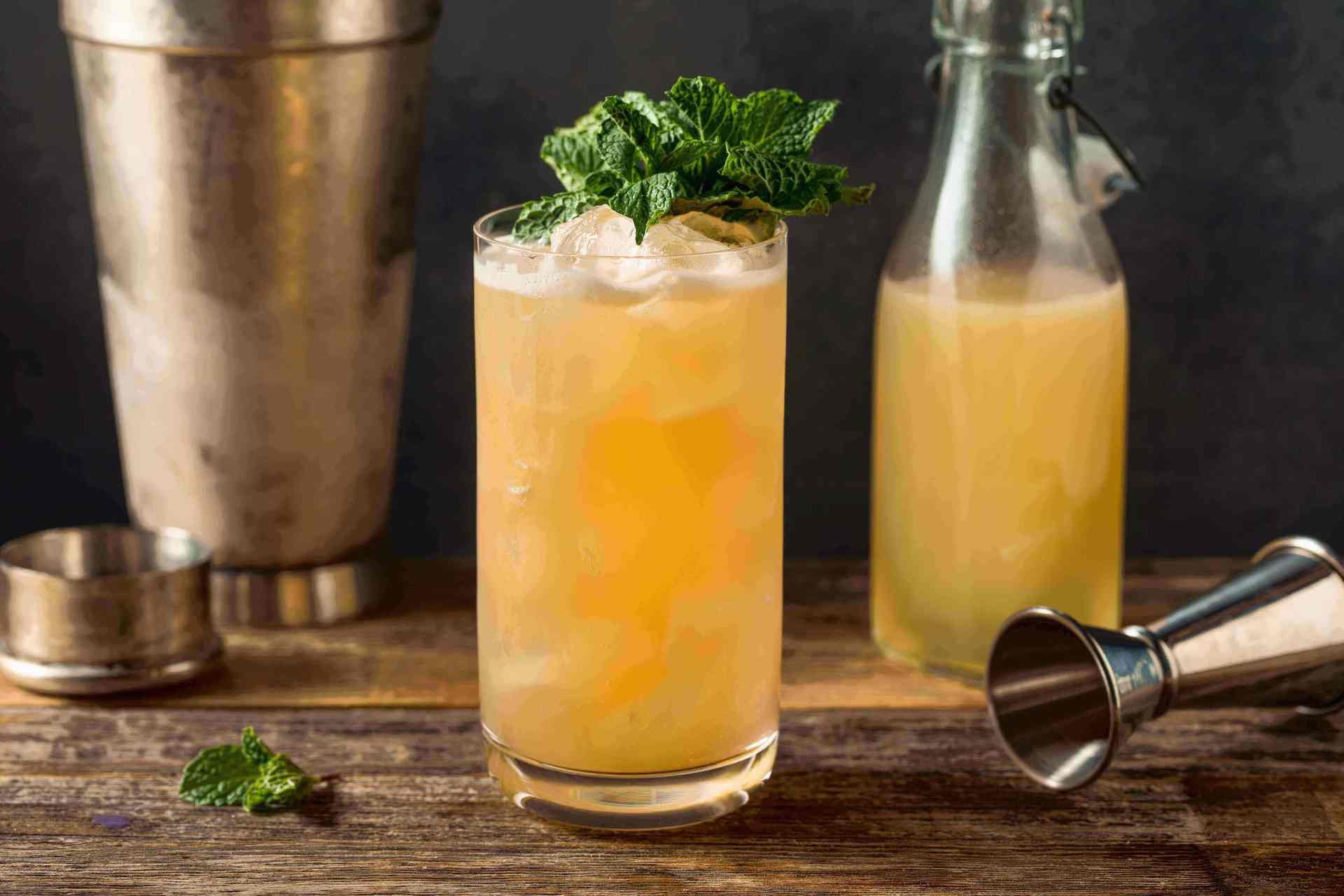Understanding Global Alcohol Labelling Regulations

Understanding Global Alcohol Labelling Regulations
Compliance with labelling regulations is important to ensure consumers are fully informed about what they are consuming. Labelling is especially important when it comes to alcoholic beverages.
As a bespoke Rum supplier, we understand the importance of label details such as age statements for alcoholic drinks. While not in the bottling industry, our expertise with different Rum classifications allows us to advise customers on key elements such as age statements, origins, and distilleries—always within the constraints of our NDAs.
To help you understand labelling requirements in major markets, we have created this small guide. Throughout this guide, we have highlighted the most essential elements you will need to know to stay compliant.
The importance of labelling compliance for alcohol distributors
Alcohol labelling regulations aren’t just about ensuring your product looks good on the shelf; they’re legal requirements that protect consumers, promote transparency, and differentiate authentic, high-quality spirits from lesser products. Each market has its own unique standards for labels, covering everything from alcohol content to health warnings. Non-compliance can lead to costly fines, distribution delays, and even product recalls—factors significantly hindering your brand’s reputation and profitability.
Rum labelling regulations: common rules
Zooming in on Rum labelling, there are a few rules you can expect. Generally speaking, producers have some leeway with the current regulations, although there are certain rules that should be adhered to:
- When it comes to a blend, the youngest Rum must be mentioned on the front label
- When there isn’t a ‘’Years old’’ phrase included on the front label, producers have the flexibility to name their Rum. For example, producers can name their bottle “Rum No. 12”, and the number will not necessarily indicate the age of the blend.
- On the back label, you can state the age up to 10 years old if the blend contains a 10-year-old Rum.
- All distilleries have specific rules and regulations regarding the use of their name on a bottle. In many cases, distilleries cannot be mentioned at all. It’s essential to verify this with the respective company, as NDAs may restrict disclosure.
These are some of the most common rules that we’ve come across. In the next sections, we will discuss location-specific rules that you might encounter in the business.
Labelling regulations in the European Union (EU)
The European Union is one of the world’s largest and most highly regulated alcohol markets. It’s also the market where E&A Scheer operates. As a rule of thumb, we advise distributors to always check with bottlers for the exact rules and applications for labels. Nevertheless, our experience within the European alcohol beverage industry enables us to summarise some of our understanding of the regulations below.
As a general rule, there are a few guidelines that producers in the European Union need to keep in mind before labelling their products as Rum. These are:
- The use of sugar: Max 20 grams per litre. Anything exceeding the max allowance, the product cannot be classified as Rum and will be considered a flavoured spirit.
- Ensuring a minimum ABV of 37%: Sugarcane-based spirits with an ABV lower than 37% are no longer considered a Rum.
Now that we have walked through the basics of Rum from a regulatory point of view, let’s look at some of the labelling requirements in the EU region.
- Product description: In the EU, labelling requires the product to be clearly identified as "Rum" if it meets the legal criteria (i.e., made from sugarcane, distilled to a specific alcohol content, etc.).
- Alcohol strength by volume: The alcohol by volume (ABV) must be clearly stated for any drinks with more than 1.2% by volume of alcohol.
- Allergen information: If your rum contains any allergens, these must be declared on the label to comply with EU allergen disclosure laws.
- Health warnings: Some EU countries, like France, require specific health warnings, including pregnancy advisories. Not all EU countries have the same requirements, so careful attention to individual market nuances is essential.
- Language requirements: EU regulations generally require labelling information to be provided in the language of the country where the product is sold. This means you may need multiple language versions or region-specific labels.
United States labelling regulations: Transparency and specificity
The United States operates under the Alcohol and Tobacco Tax and Trade Bureau (TTB) guidelines, one of the strictest labelling regulatory bodies globally. To legally import and sell Rum in the U.S., your label needs to include the following:
- Class and type designation: The TTB requires clear identification of the type of alcohol on the label. This means that the brand name, alcohol content, or other designation must be accurate and appear in the same field of vision.
- Alcohol content: Like the EU, the ABV must be specified. Additionally, it must be listed in the allowed format (“alc.” for Alcohol and “vol.” for volume). “ABV” is not allowed.
- Net contents: Labels must indicate the volume of alcohol in the bottle (e.g., “750ml”), ensuring transparency for the consumer.
- Health warnings: The US mandates a specific health warning about the risks of consuming alcohol during pregnancy and operating vehicles or machinery after consumption.
- Country of origin: The TTB requires Rum labels to indicate the country of origin, ensuring authenticity and transparency.
Asia: Diverse labelling requirements
Asia is a rapidly growing market for Rum, yet labelling requirements can vary widely from country to country. Here’s a look at some of the noticeable requirements within Asia:
- Japan: Labels in Japan must adhere to specific requirements for alcohol content and ingredient disclosure, typically presented in Japanese. Additionally, Japan mandates strict adherence to ingredient transparency, and certain additives may require additional labelling.
- China: Alcohol labelling in China is subject to regulations from the General Administration of Customs. Key elements include ingredient lists, alcohol content, and a production date. All information must be provided in Chinese, making localization a critical step.
- India: India has its own regional variations in labelling requirements, with mandatory declarations for alcohol content, health warnings, and volume. Each Indian state can impose unique requirements, necessitating region-specific compliance.
Ensuring compliance through expertise and industry knowledge
Navigating the world of alcohol labelling is complex and ever-changing. Partnering with a knowledgeable producer brings you the advantage of working with industry experts who are well-versed in the nuances of regulations across the EU, the U.S., Asia, and beyond. Here’s how E&A Scheer can help to make compliance easy for you:
Comprehensive knowledge: With a deep understanding of different markets, we help ensure your Rum meets all regulatory standards without compromising its unique appeal.
Tailored solutions: We work with you to create a Rum blend and label that perfectly aligns with your brand vision, respecting both flavour profiles and regulatory needs.
Global sourcing power: Thanks to our global network and sister company, The Main Rum Company, we provide access to some of the finest casks from sources worldwide, giving you unparalleled choice and authenticity in every blend.
With more than 3 centuries in the Rum business, E&A Scheer can help you navigate the Rum and liquor landscape across the world through compliant and appealing products.
Contact us for more information.
Alcohol labelling requirements are plenty but manageable
Labelling is one the most quintessential concerns that every brand needs to have before entering a new market. Successfully launching a Rum brand in your chosen market requires a thorough understanding of labelling regulations. Afterwards, it is about creating products with integrity that can meet these requirements. That is where E&A Scheer can help you.
Your success is our success, and we look forward to bringing your unique Rum to the world. Visit our Blending Tool to tell us about your specific labelling requirements, and any additional nutrition claims that you would like to make. We can help you create the Rum blend that is unique and compliant.
Frequently asked questions
Does E&A Scheer make labels?
E&A Scheer creates Rum blends primarily, and thus we don’t offer labelling services. We have partners in the Rum vertical that can help with your labelling needs.
For Rum blends of different ages, which age can I put on the label?
For Rum blends of different ages, the EU mandates that the age of the youngest Rum be put on the label.
Can I put health claims on my labels in Europe?
The EU specified that no health or nutrition claims are to be made on alcoholic beverages containing more than 1.2% alcohol by volume.






